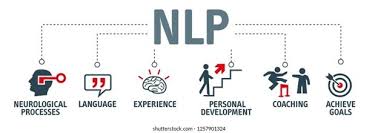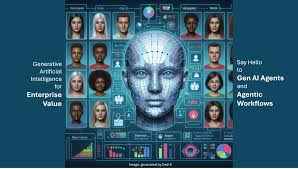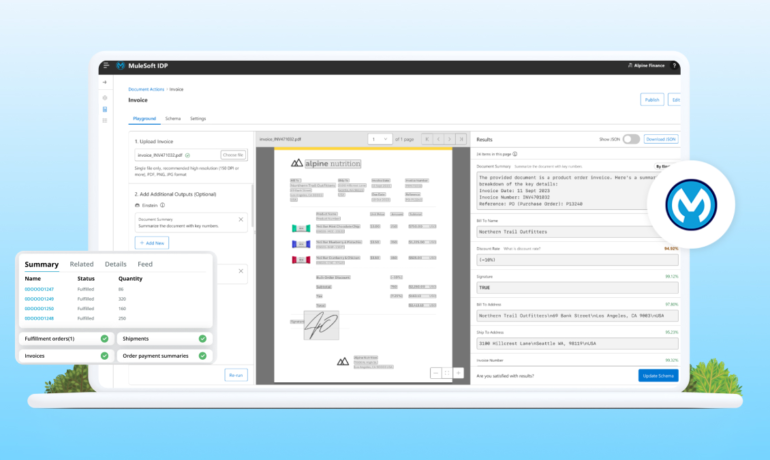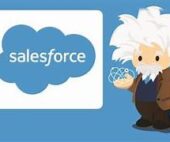The Rise of AI Agents
The Rise of AI Agents: How Autonomous AI is Reshaping Business As artificial intelligence advances, so does the terminology around it. The term “AI agent” is gaining traction as generative AI becomes deeply embedded in business operations. Unlike traditional AI tools that follow rigid scripts, AI agents are autonomous programs capable of learning, adapting, and executing tasks with minimal human intervention. Why AI Agents Are Booming The rapid expansion of large language models (LLMs) has slashed the cost of developing AI agents, fueling a surge in startups specializing in industry-specific AI solutions. According to Stripe’s 2024 research, AI startups achieved record revenue growth last year, signaling a shift from generic AI tools (like ChatGPT) to verticalized AI agents tailored for specific sectors. In their annual letter, Stripe co-founders Patrick and John Collison noted: “Just as SaaS evolved from horizontal platforms (Salesforce) to vertical solutions (Toast), AI is following the same path. Industry-specific AI agents ensure businesses fully harness LLMs by integrating contextual data and workflows.” AI Agents in Action: Industry Success Stories From manufacturing to finance, AI agents are already delivering tangible benefits: David Lodge, VP of Engineering at IBS Software, explains: “Fragmented systems limit AI’s potential. Unifying CRM, PMS, and loyalty data into a single platform is critical for AI to drive real transformation.” Hospitality’s AI Revolution: Breaking Down Data Silos Hotels like Wyndham and IHG have partnered with Salesforce to consolidate millions of guest records, enabling AI agents to deliver hyper-personalized service. In February 2025, Apaleo launched an AI Agent Marketplace for hospitality, allowing hotels to integrate AI solutions without costly system overhauls. Case Study: mk Hotels The Future: Autonomous Agents Redefining Workflows In September 2024, Salesforce introduced Agentforce, a platform for building secure, data-grounded AI agents that automate complex workflows. Jan Erik Aase, Partner at ISG, predicts: “The shift to agent-driven enterprises isn’t just technological—it’s cultural. As AI agents grow smarter, they’ll redefine customer interactions and decision-making.” Key Takeaways The AI agent revolution is here—and businesses that embrace it will lead the next wave of productivity and innovation. Like Related Posts Salesforce OEM AppExchange Expanding its reach beyond CRM, Salesforce.com has launched a new service called AppExchange OEM Edition, aimed at non-CRM service providers. Read more The Salesforce Story In Marc Benioff’s own words How did salesforce.com grow from a start up in a rented apartment into the world’s Read more Salesforce Jigsaw Salesforce.com, a prominent figure in cloud computing, has finalized a deal to acquire Jigsaw, a wiki-style business contact database, for Read more Service Cloud with AI-Driven Intelligence Salesforce Enhances Service Cloud with AI-Driven Intelligence Engine Data science and analytics are rapidly becoming standard features in enterprise applications, Read more


















